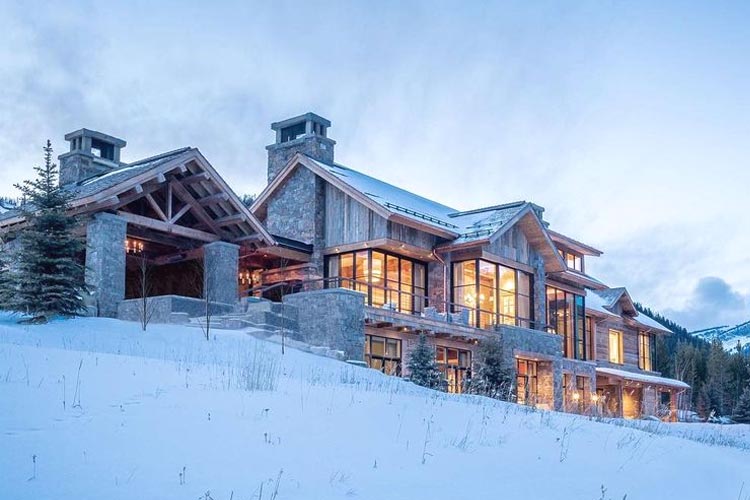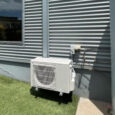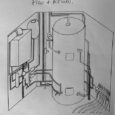As you head into the cooler months, the need for warmth and the use of your heater becomes part of your daily life. Many families worry that the excessive use of the heater will result in increased electricity bills but it doesn’t have to be this way. It is very difficult to survive in the winter season without heating gadgets.
Here are some things to consider;
Heating Temperature
Set your heater between 18-21 degrees, this is considered the ideal and healthiest temperature for inside the home. Naturally, it can vary slightly due to the size and style of your home, and the well-being of family members.
When it comes to your heating unit, consider buying one that has a timer on it, so that during the night when you’re asleep the temperature drops down to a lower level such as 18 degrees. This helps keep the cost down, as you’re not using the rooms in the house, and enables you to have a comfortable night’s sleep. If the temperature is up higher during the period when you are asleep, you’ll find you could become dehydrated and hot. Additionally, the unit timer can then be set to start warming up your home, just before you’re due to wake up, so you’re not stepping out from your warm bed into a freezing cold home.
Ceiling Fans
Classically people perceive ceiling fans to keep your home cool. But they can be effective in winter in circulating warm air throughout your home. You would naturally have them at a low speed to help move the warm air. As you know warm air rises, and a ceiling fan will help push it back down.
Water Heater
When you come to fulfill your bathing and kitchen water needs, you should install a water heater in your bathroom and kitchen areas. It will deliver hot water to the kitchen sink, wash basin, and bathroom lines.
Draughts
Ensure your home is free from draughts. Search for any potential draught areas and find solutions to seal the draughts. Where you might feel the air coming in, it also means your home warmth is going out.
Areas to take into consideration for checking are:
- Doors
- Windows
- Cavities, where items have been built in that, may not have been sealed off properly.
Things you can use to fix these are:
- Door snakes
- Weather seal tape
- Silicon sealant
- Roller door seals
- Closing off rooms, not in use
If you have a room that is not in use, close the doors to save the heat going to them. This enables your heating to be contained in the rooms where you are residing.
Some longer-term measures you can do around your home are:
Window glazing
Double glazing your windows can add a seal air gap between the two panels which acts as an insulator and can reduce heat loss by up to 35% in winter.
Single glazing your window can reduce heating or cooling by around 10-15%.
Curtains
If your home is minimalistic and doesn’t have curtains, then consider adding these in. Curtains act as an extra protection layer in stopping the heating or cooling from escaping. Additionally, it helps you stop outside elements from coming in too.
Regular Service
As your heating/cooling system is a working unit, it’s important that it is regularly serviced to ensure you’re getting the maximum benefits from it. If filters are clogged or dirty, you are effectively overworking the unit or having dirt floating around your home. This potentially puts pressure on your unit, which can result in it breaking down.


